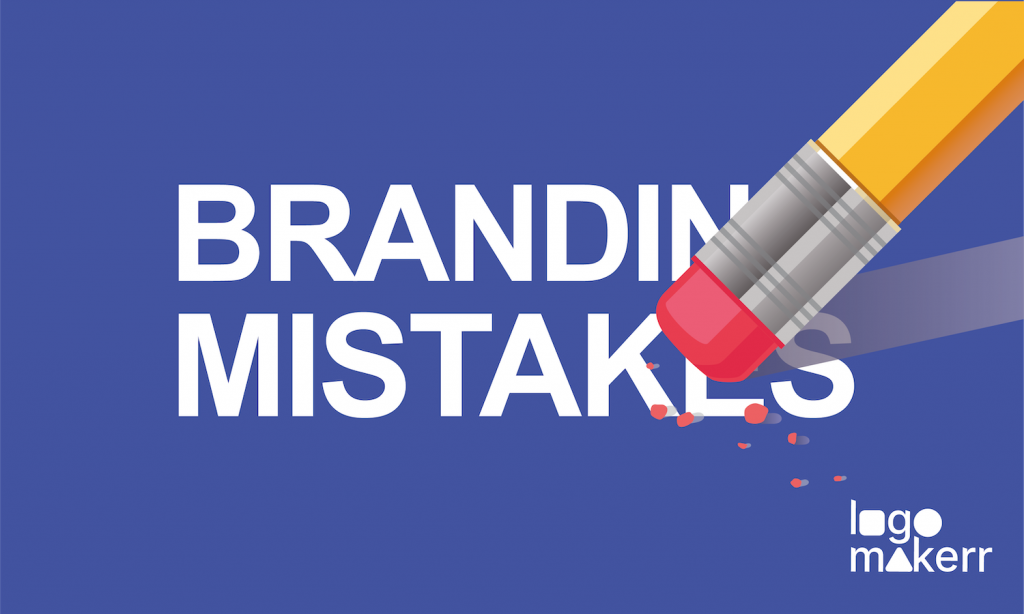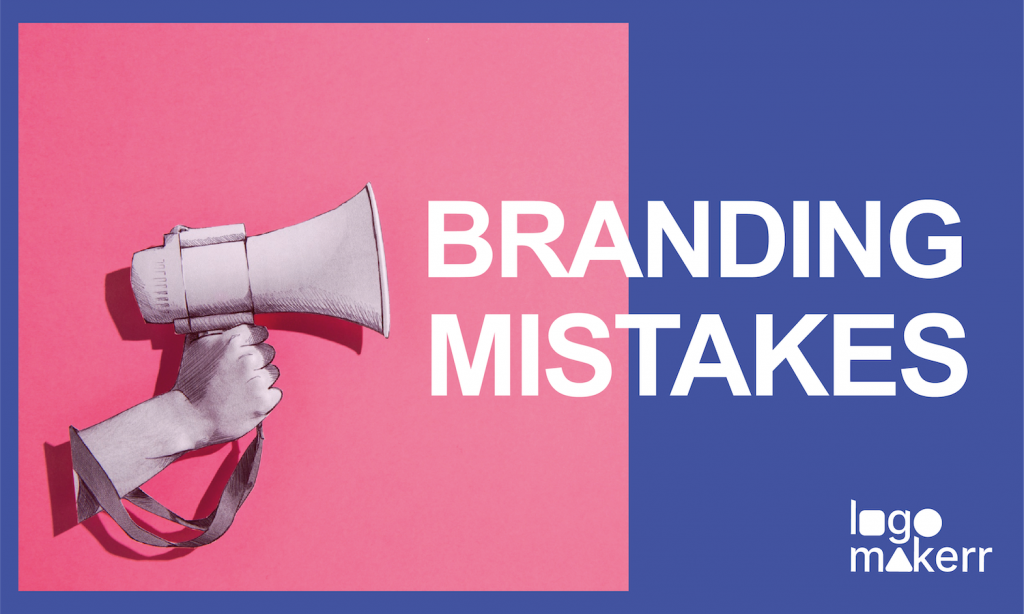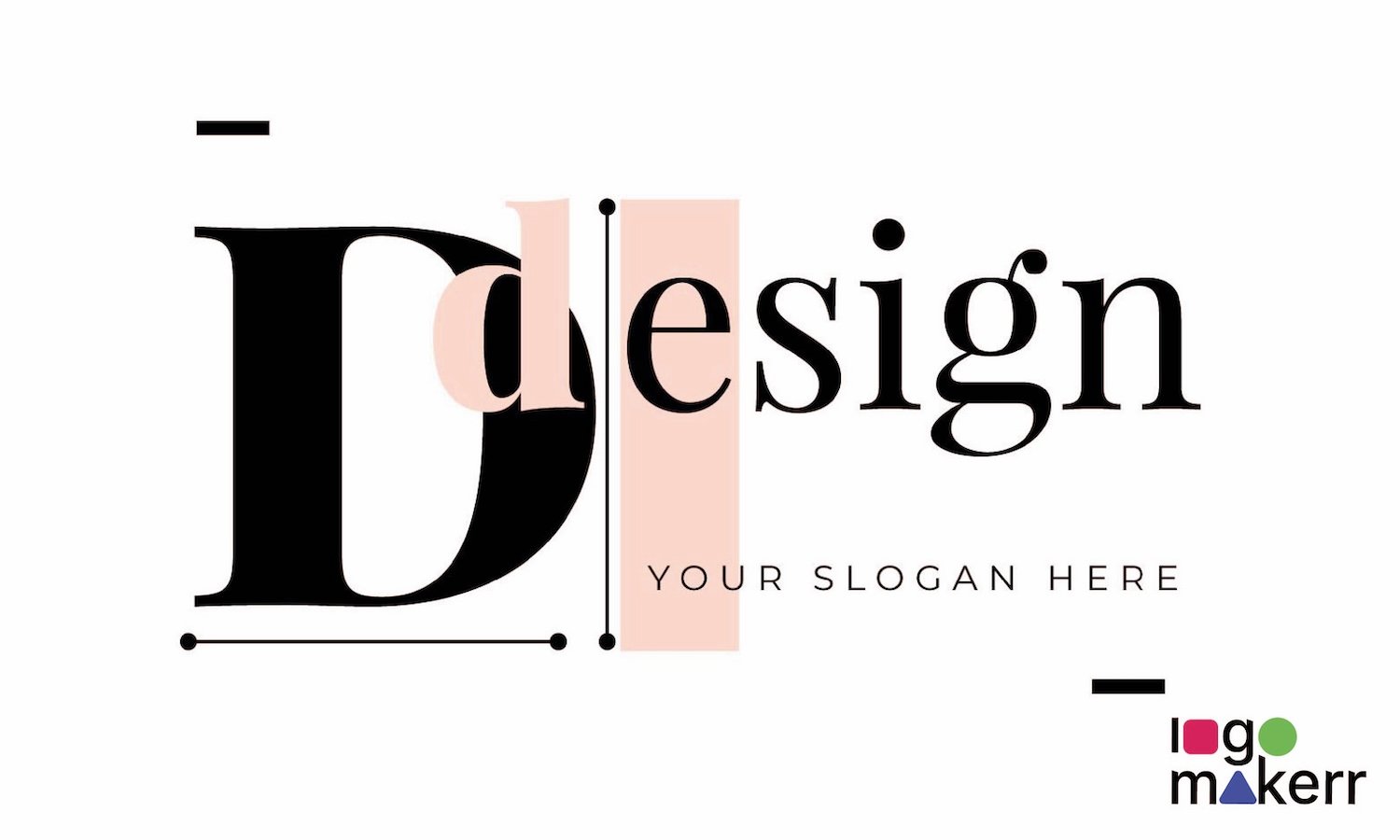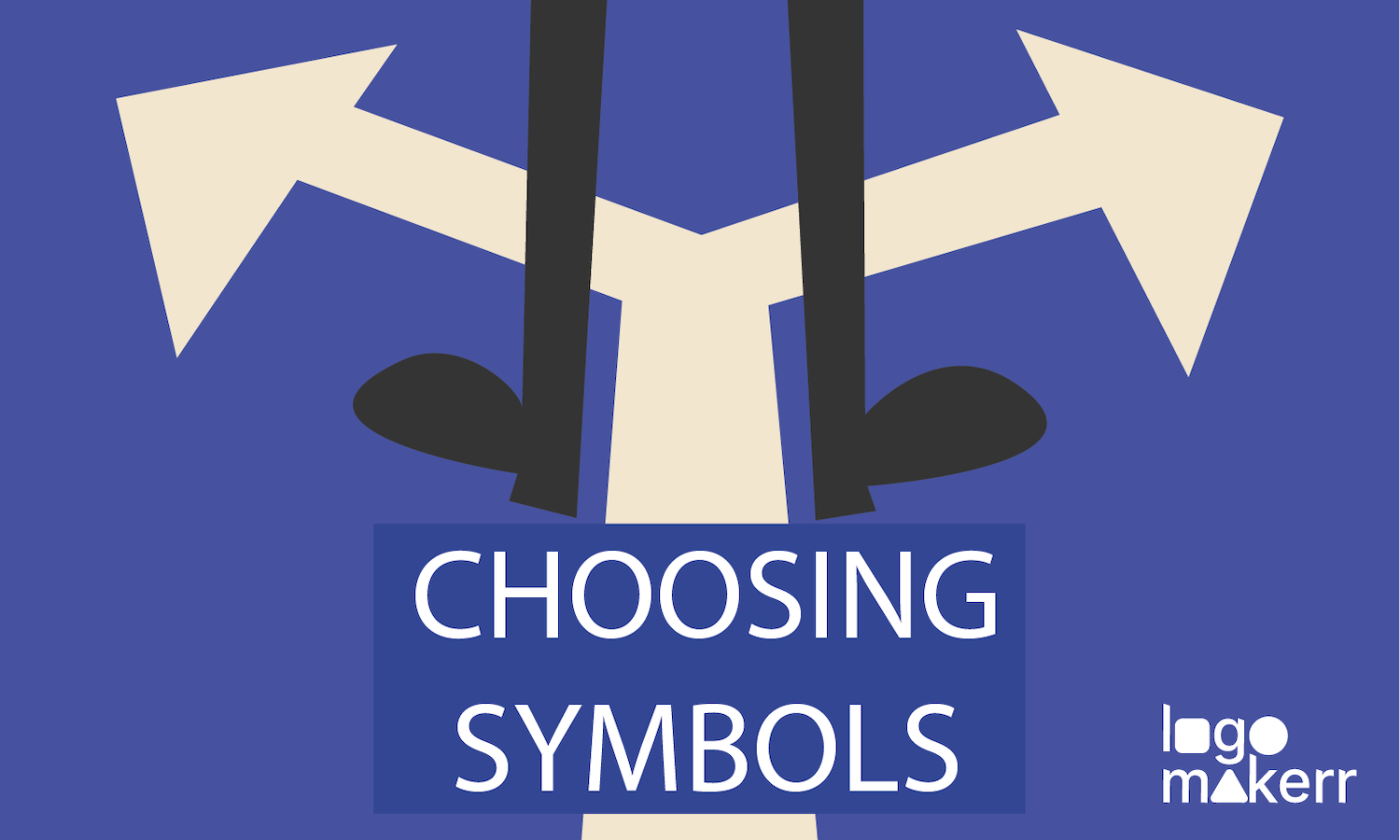We all know branding matters—but it’s easy to focus only on the big things like your logo or website, and overlook the smaller details that quietly shape how people experience your business.
The truth is, even little mistakes can make a big impact on your brand’s reputation. Some are obvious, while others fly under the radar until it’s too late.
In this article, we’ll look at the most common (and often overlooked) branding mistakes that could be holding your business back—and how to fix them.
1. Inconsistent Visuals and Messaging
When your business looks different in each place it appears, people have a harder time identifying or trusting it. Your logo, color scheme, writing tone, and even team photos should present a unified style. Otherwise, customers may feel unsure about who you are.
What This Might Look Like
- The logo appears in different sizes or styles across your materials
- Social media feels bold and modern, while your website looks outdated or off-brand
- Marketing presentations, brochures, or proposals don’t match your online presence
- Visuals like colors, fonts, and layouts shift from one platform to another
How To Create Visual Consistency
Use a Brand Style Guide
A brand style guide helps everyone on your team use the same visual elements. It includes your logo versions, brand colors, fonts, image guidelines, and tone of voice. It doesn’t need to be complicated — even a short one-page reference can prevent off-brand designs.
Standardize Your Logo
Your logo should appear the same way everywhere it’s used. That includes keeping its size, placement, and color consistent. Avoid stretching, recoloring, or using outdated versions of your logo. If you have variations (like a simplified icon for social media), define when and how to use each one.
If you don’t have a strong logo yet, you can use our AI tool, Logomakerr, to create one. It offers ready-made templates and color options to help you design a professional logo that works across all platforms.
Apply Branding to Presentations
Presentations are often part of your first impression, especially in client-facing situations. If your slides use random fonts, clashing colors, or don’t follow your brand style, it can create confusion or look unprofessional. If you’re a beginner, not a designer, or just short on time, you can use a Free AI Presentation Maker to create professional-looking slides that match your brand without the hassle.
Stick to a Unified Visual Style
Choose a small set of brand colors and fonts and use them everywhere. Your visuals — including images, icons, and illustrations — should follow a similar style. For example, if your brand feels clean and modern, avoid adding graphics that are overly detailed or cartoonish.
In addition, if your team is featured online, their photos should look like part of the same set. When pictures have different backgrounds, lighting, or quality, it can feel disorganized.If a professional photo shoot isn’t realistic, AI headshot tools like BetterPic can help create clean, matching images.
2. No Clear Brand Identity
When your brand identity is unclear, your audience may struggle to understand who you are, what you do, and why it matters. Without that clarity, even strong visuals or good marketing can fall flat.
What a Weak Brand Identity Looks Like
- Your messaging is vague, using phrases like “we help businesses grow” without explaining how
- Different parts of your business use different tones — casual on social media, formal on your website
- Your team struggles to explain what makes your business different
- Your visuals feel disconnected from your values or your audience
How To Strengthen Your Brand Identity
Define Your Mission and Values
Clarify why your business exists and what it believes in. Your mission should explain the problem you’re solving, while your values reflect how you approach your work and relationships.
Identify What Makes You Unique
Think about what sets you apart in your field. This might include your approach, your target audience, or the experience you provide. Highlighting your differences helps position your brand more effectively.
Write a Simple Brand Statement
This is a short description of what your business does, who it helps, and how it delivers value. A well-written brand statement can guide your content, marketing, and communication.
Set a Clear Brand Personality
Decide how your brand should sound and behave. Is it friendly and informal? Professional and informative? Once defined, carry that voice through your website, marketing, emails, and even customer service.

3. Outdated or Unprofessional Website
Your website is part of your overall brand experience. It communicates how much care and effort you put into your business. A polished, easy-to-navigate website tells visitors that you’re professional and trustworthy. A messy or outdated site can send the opposite message — even if your actual service is great.
What Makes a Website Unprofessional
- The design looks like it hasn’t changed in 10 years
- It’s not mobile-friendly or responsive
- Pages take a long time to load
- Text is hard to read due to poor layout or fonts
- Information is missing, outdated, or disorganized
- There are broken links, missing images, or errors
How To Improve Your Website’s Brand Impact
Keep the Design Clean and Current
Modern websites are clean, fast, and easy to navigate. You don’t need flashy trends—just a solid layout, readable fonts, and a color scheme that fits your brand. If design isn’t your strength, use tools like Webflow, Wix, or WordPress with builder plugins. Or hire a designer to build something simple that looks good and works.
Make It Easy to Navigate
Visitors should be able to find what they’re looking for without effort. Use clear headings, short menus, and visible call-to-action buttons like “Contact Us” or “Book a Demo.” Think of your homepage like a welcome desk — it should quickly guide people to the right place.
For example, Apple’s website keeps things clean and direct. The top menu covers just the essentials, and important actions like “Learn more” or “Shop iPhone” are immediately visible. This helps users find what they need without confusion.
Optimize for Mobile and Speed
A website that doesn’t work well on mobile phones or takes too long to load will frustrate users and damage your credibility. Make sure your site is responsive, fast, and tested on multiple devices.
Keep Your Content Clear and On-Brand
Design catches attention, but it’s your content that keeps people interested. Your website copy should match your brand’s voice — whether that’s professional, casual, bold, or friendly.
Avoid vague or generic language. Clearly explain what you do, who you help, and why it matters — in simple, human terms. If you’re using AI tools like ChatGPT to write content, always review and refine the text so it sounds natural and human. Readers can tell when something feels robotic, so tools like AI Humanizer or your own editing can help keep the tone authentic.
4. Poor Customer Experience
Customers don’t separate your service from your branding. If their experience is frustrating, they’ll likely associate your entire brand with that feeling. Even one bad interaction can lead to negative reviews, lost loyalty, or poor word of mouth — especially if your competition offers a smoother experience.
What Does a Poor Customer Experience Look Like
- Long response times to emails or support messages
- Confusing checkout processes or broken contact forms
- Unclear communication or inconsistent updates
- Staff that are untrained, unfriendly, or unhelpful
- Promises made in marketing that aren’t delivered in reality
How To Improve the Customer Experience
Map the Customer Journey
Think through the steps people take from first discovering your business to becoming a customer. Research from Boston Consulting Group shows that modern journeys are no longer linear — people switch between searching, scrolling, streaming, and shopping. If any step feels slow or confusing, it can hurt how your brand is perceived. A smoother experience builds trust and reinforces a strong brand image.
Train Your Team (Even If It’s Just You)
Make sure anyone who communicates with customers understands your brand values and tone. If you’re a solo business owner, create response templates or a simple checklist to help you stay consistent.
Communicate Clearly and Promptly
Set expectations and stick to them. If you say you’ll respond within 24 hours, make sure you do. Clear, friendly, and timely communication shows customers they’re valued — and that your brand keeps its promises.
Make It Easy to Get Help
Whether it’s a live chat, help center, or contact form, support should be easy to find and use. Avoid making customers dig for answers or jump through hoops to reach you.
For example, Zendesk offers a well-organized support page with helpful resources like a searchable knowledge base, onboarding guides, a video library, and a user community. They also provide an easy-to-access support chat, so users can get help or direction right when they need it — no confusion, no dead ends.
Zendesk Help Center page
5. Ignoring the Behind-the-Scenes Brand Experience
When people think about branding, they often picture logos, websites, or social media. But your brand isn’t just what customers see — it’s also how smoothly your business operates behind the scenes. Internal systems, tools, and workflows might seem unrelated to branding, but they play a big role in how your brand is experienced.
How Operations Affect Your Brand
- A slow or laggy laptop during a client presentation makes your team look unprepared.
- Outdated apps cause missed notifications or delays in customer replies.
- Tech failures during onboarding or demos can reduce trust in your brand’s professionalism.
How To Strengthen Your Behind-the-Scenes Brand Performance
Streamline Internal Workflows
Disorganized file systems, clunky communication tools, or a lack of shared processes can lead to missed steps and confusion. Use platforms like Notion, Slack, or Trello to keep tasks clear and communication flowing smoothly. An organized backend supports a smooth, confident brand experience on the front end.
Maintain and Update Your Devices
Not keeping your devices updated might seem like a small tech issue, but it can cause real damage to your brand. If outdated software leads to system crashes during a client meeting or delays in project delivery, customers may see your company as unprofessional or unreliable.
Make sure your team knows that software updates are necessary, especially on Macs. While macOS is known for being simple to use, updates still need to be installed regularly to avoid security risks and performance issues. For Windows users, consider turning on automatic updates to help prevent missed patches or delays.

Test Tech Before Important Client Touchpoints
Before a pitch, webinar, or call, make sure devices, apps, and presentation tools are running properly. A few minutes of preparation can prevent an embarrassing tech failure and help your brand come across as calm and capable.
Use Reliable Tools That Support Your Brand Promise
If your brand is built on speed, efficiency, or innovation, your systems should reflect that. Laggy tools or disjointed processes send a mixed message. Choose software that supports how you want to be perceived — whether that means fast response times, smooth collaboration, or high performance.
There are all kinds of online tools available today for different needs — from project management to customer support and design. Before choosing one, take time to compare options, read reviews, and weigh the pros and cons.
6. Copying Competitors
When you build your brand by mimicking others, you’re building something that doesn’t reflect your true voice, values, or strengths. Your audience may notice that your content, style, or offerings feel too familiar — or worse, inauthentic.
Signs You’re Following Too Closely
- Your messaging sounds almost identical to other companies in your niche
- You redesign your brand every time a competitor makes changes
- Your services or products are shaped more by what others do than by what your audience actually needs
- You spend more time watching competitors than talking to customers
How To Build a Brand That Stands on Its Own
Focus on Your Own Strengths
What do you do well that others don’t? What feedback do customers give you? The answers to these questions are what make your brand special. Use them to shape your messaging, visuals, and offers.
Know Your Story
People connect with stories — and your business has its own. Whether you’re a solo founder with a mission or a growing team solving a specific problem, lean into what makes your journey and vision different.
Keep Competitor Research in Balance
It’s helpful to know what others are doing, but don’t let that guide every decision. Look at your competitors for awareness, not direction. Your brand should reflect your business goals, not theirs.
Talk to Your Customers
Your audience can offer more insight than your competitors ever could. Listen to their needs, questions, and experiences. Build your brand around what matters to them — not around what your competition is doing.
Conclusion
We’ve gone through a few things that are easy to overlook but can really affect how people see your business. Fixing small issues like outdated visuals or a messy website can make a big difference. It’s also worth keeping up with trends and tools that help your brand stay sharp. For more tips and ideas, visit our blog at Logomakerr.



